TNPSC Books
-
TNPSC பொதுத் தமிழ் Book - for Group 2, 2A, 3, 4 & VAO
₹1,000.00Original price was: ₹1,000.00.₹850.00Current price is: ₹850.00. -
TNPSC General English Book - for Group 2 & 2A
₹1,000.00Original price was: ₹1,000.00.₹850.00Current price is: ₹850.00.
Group 1 Courses
TNPSC Group 1 - Test Series - 2019
4.7₹3,500.00Original price was: ₹3,500.00.₹2,800.00Current price is: ₹2,800.00. 541Group 1 | Postal and Online Test Series | 2022
₹3,200.00Original price was: ₹3,200.00.₹2,800.00Current price is: ₹2,800.00. 88
Group 2 & 2A Courses
TNPSC Group 2 and 2A - Test Series - 2019
₹2,400.00Original price was: ₹2,400.00.₹1,800.00Current price is: ₹1,800.00. 527TNPSC Group 2 and 2A - Test Series - 2019 - தமிழ்
₹2,400.00Original price was: ₹2,400.00.₹1,800.00Current price is: ₹1,800.00. 175
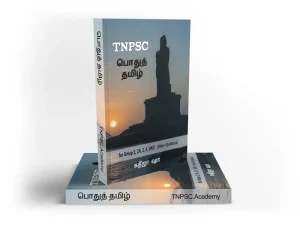
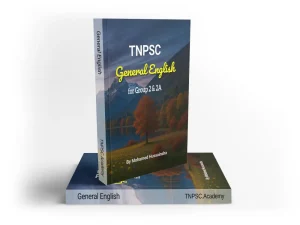


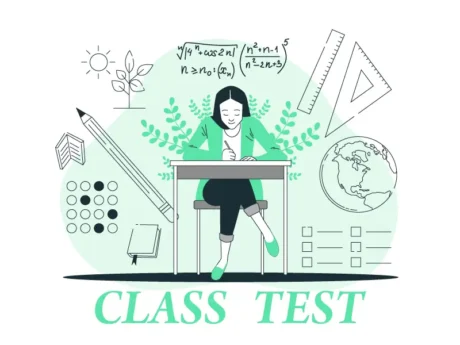

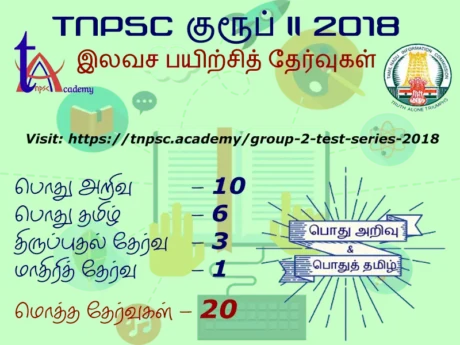
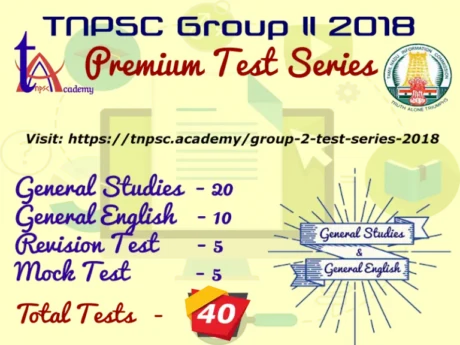

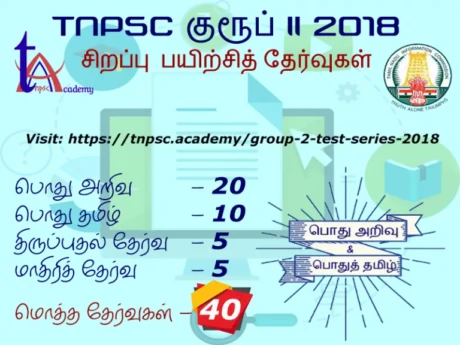




www.tnpsc.academy – TNPSC Current Affairs October 08, 2020 (08/10/2020)
Topic: Awards and Honours, Persons in News
Nobel Prize for Chemistry 2020
Recently, Emmanuelle Charpentier of France and Jennifer A Doudna of the USA have been awarded the 2020 Nobel Prize in Chemistry for developing CRISPR/Cas9 genetic scissors, one of gene technology’s sharpest tools.
It is for the first time a Nobel science prize has gone to a women-only team.
Nobel Prize for Medicine/Physiology, 2020: To Harvey J Alter and Charles M Rice from the USA and Michael Houghton from the UK for the discovery of the Hepatitis C Virus.
Nobel Prize in Physics 2020: To three astrophysicists Roger Penrose from the UK, Reinhard Genzel from Germany, and Andrea Ghez from the USA for discoveries related to blackholes.
Key facts:
The CRISPR/Cas9 genetic scissors can be used to change the deoxyribonucleic acid (DNA) of animals, plants and microorganisms with extremely high precision.
The CRISPR/Cas9 tool has already contributed to significant gains in crop resilience, altering their genetic code to better withstand drought and pests.
This technology has had a revolutionary impact on the life sciences and contributes to new cancer therapies. It has the potential of curing inherited diseases.
Discovery:
Charpentier, while studying the Streptococcus pyogenes, a harmful bacterium, discovered a previously unknown molecule, tracrRNA. TracrRNA was part of bacteria’s ancient immune system, CRISPR/Cas, that disarmed viruses by cleaving (cutting) their DNA.
TracrRNA is programmed to locate the particular problematic sequence on the DNA strand, and a special protein called Cas9 (also known as genetic scissor) is used to break and remove the problematic sequence.
Both scientists collaborated and succeeded in recreating the bacteria’s genetic scissors in a test tube and simplifying the scissors’ molecular components making it easier to use.
In their natural form, the scissors recognise DNA from viruses but the duo reprogrammed them so that they could be controlled and can cut any DNA molecule at a predetermined site.
CRISPR Technology:
The CRISPR (short for Clustered Regularly Interspaced Short Palindromic Repeats) technology for gene-editing was first developed in 2012.
It makes gene sequencing very easy, simple and extremely efficient providing nearly endless possibilities.
Editing, or modifying, gene sequences is not new and has been happening for several decades now, particularly in the field of agriculture, where several crops have been genetically modified to provide particular traits.
The technology replicates a natural defence mechanism in Streptococcus pyogenes that use a similar method to protect itself from virus attacks.
A DNA strand, when broken, has a natural tendency to repair itself but the auto-repair mechanism can lead to the re-growth of a problematic sequence.
Scientists intervene during this auto-repair process by supplying the desired sequence of genetic codes, which replaces the original sequence.
Concerns:
Ethical Concerns: Ease of altering DNA will allow more people to choose the characteristics of their progeny and this will hamper the natural process.
In November 2018, a Chinese researcher claimed to have altered the genes of a human embryo that eventually resulted in the birth of twin baby girls. It was the first documented case of a ‘designer babies’ being produced using gene-editing tools like CRISPR.
It was probably done without any regulatory permission or oversight which makes it even worse.
Not Fully Accurate: Few scientists have pointed out that CRISPR technology is not 100% accurate, and it is possible that some other genes could also get altered by mistake.
Lack of Rules and Guidelines: Doudna has been campaigning for the development of international rules and guidelines for the use of CRISPR technology and has also advocated a general pause on these kinds of applications till such time.
_
Topic: Latest Diary of Events
Indian Air Force Day – 8th October
The Indian Air Force (IAF) is celebrating 88th Air Force Day on 8th October.
Key facts:
On this day, the Air Force in India was officially raised in 1932 as the supporting force of the Royal Air Force of the United Kingdom.
History:
1933: First operational squadron.
1940s: After participation in World War II (1939-45), the Air Force in India came to be called the Royal Indian Air Force.
1950: It became the Indian Air Force after the republic came into being.
Facts:
India Air Force is the fourth largest in the world after the USA, China and Russia.
Headquarters: New Delhi
Motto of the IAF is ‘Touch the Sky with Glory’ and it was taken from the eleventh chapter of the Bhagavad Gita. The President of India holds the rank of Supreme Commander of the air force.
The Chief of Air Staff, an air chief marshal is responsible for the operational command of the air force.
_
Topic: Profile of States
Bodoland poll gets Assam Cabinet nod
Assam Cabinet has decided to request the State Election Commission to schedule the Bodoland Territorial Council election in December.
Background: The elections to 40 seats in the council were to have been held on April 4 but were deferred due to the COVID-19 pandemic. The council has been under the Governor’s rule since its dissolution on April 27.
Basics:
What are Autonomous District Councils?
As per the Sixth Schedule, the four states viz. Assam, Meghalaya, Tripura and Mizoram contain the Tribal Areas which are technically different from the Scheduled Areas.
Though these areas fall within the executive authority of the state, provision has been made for the creation of the District Councils and regional councils for the exercise of the certain legislative and judicial powers.
Each district is an autonomous district and Governor can modify / divide the boundaries of the said Tribal areas by notification.
The Governor may, by public notification:
(a) Include any area. (b) exclude any area.
(c) create a new autonomous district.
(d) increase the area of any autonomous district.
(e) diminish the area of any autonomous district.
(f) alter the name of any autonomous district.
(g) define the boundaries of any autonomous district.
Constitution of District Councils and Regional Councils:
(1) There shall be a District Council for each autonomous district consisting of not more than thirty members, of whom not more than four persons shall be nominated by the Governor and the rest shall be elected on the basis of adult suffrage.
(2) There shall be a separate Regional Council for each area constituted an autonomous region.
(3) Each District Council and each Regional Council shall be a body corporate by the name respectively of the District Council of (name of district) and the Regional Council of (name of region), shall have perpetual succession and a common seal and shall by the said name sue and be sued.
_
Topic: Latest Diary of Events
24 Universities declared fake by UGC
The University Grants Commission announced a list of 24 unrecognised universities. These Universities have been termed as fake. This has been done by UGC to maintain the standards of higher education in the country.
Key facts:
The maximum number of these universities are operating from the states of Uttar Pradesh followed by Delhi. They have been termed fake based on the provisions of UGC act.
Of the list announced eight of these universities were from UP, two from West Bengal, two from Odisha and seven from Delhi. The states such as Karnataka, Maharashtra, Puducherry have one fake university each. UGC has also notified that the word “University” shall not be used by any institutions other than those established and recognised by UGC.
_
Topic: India and its Foreign relations, International Events
India-Japan sign Agreement for cooperation in AI, 5G, Critical Information Infrastructure
India and Japan signed agreements of cooperation in Artificial Intelligence, 5G technology. The countries also agreed to give momentum to the supply chain initiative in the Indo-Pacific region.
Key facts:
The agreements were signed between the External Affairs Minister Shri S Jaishankar and his Japanese Counter part Motegi. The agreement was signed by the ministers during the 13th India-Japan Foreign Ministers Strategic Dialogue.
The external affairs minister is on his two day visit to Japan to attend the Quadrilateral Foreign Ministers meet. The meeting attended by the foreign ministers from US, Japan, India and Australia emphasised on free, open and inclusive Indo-Pacific region.
India and Japan also welcomed the Supply Chain Resilience Initiative.
Outcomes:
The ministers welcomed the finalisation of the Cybersecurity Agreement. The agreement promotes research and development, capacity building, security and resilience in the areas of 5G, Critical Information Infrastructure, Artificial Intelligence and Internet of Things.
The agreement between India and Japan comes amidst growing reluctance by countries all over the world in allowing Huawei to roll out 5G services in their territories.
Japan during the meet had agreed to be the lead partner of India in the Indo-Pacific Oceans Initiative. It is an India-backed framework that aims to create safe and secure maritime domain in the Indo-Pacific region. China has been expanding its influence in the region lately. The initiative indirectly counters China’s intensions in the region. It was proposed by PM Modi at the East Asia Summit in Bangkok in 2019.
Japan also agreed to provide 50 billion yen of emergency assistance loan to India. Also, it agreed to provide 1 billion yen grant aid for provisions of medical equipment.
–
Topic: Profile of States
AMHUB: India’s first advanced manufacturing hub
The World Economic Forum and Guidance will jointly establish AMHUB in the state of Tamil Nadu. AMHUB is Advanced Manufacturing hub and is first of its kind in the country. Guidance is the nodal investment promotion agency of the state of Tamil Nadu.
Key facts:
AMHUB will help the state in the sectors of solar energy, electronics, electric mobility and textiles. It will help boost production sector of Tamil Nadu by identifying regional opportunities brought by Fourth Industrial Revolution. The 4th Industrial Revolution opportunities are Artificial Intelligence, Internet of Things, Cloud Computing, etc.
About AMHUB:
AMHUB is one of the 19 platforms designed by the World Economic Forum. It focuses on the following Addressing Regional Opportunities, Engaging regional production, Challenges brought by Fourth Industrial Revolution.
_
Topic: Latest Diary of Events
October 7: World Cotton Day
The second World Cotton Day was celebrated. The initiative was first hosted by Cotton-4, World Trade Organization, United Nations Food and Agriculture Organization, United Nations Conference on Trade and Development and International Trade Centre.
The event is led by WTO on the request of C4 countries (Burkina Faso, Benin, Chad and Mali).
_
Topic: Eminent Persons in News, International Events
World Trade Organization to be led by a woman for first time
Established in 1995, the World Trade Organization has not yet had an opportunity to run under a woman director. For the first time, in its history the WTO will be led by woman. The selection committee of the organization has announced that South Korea’s Yoo Myung-hee and Nigeria’s Ngozi Okonjo Iweala are the two finalists to become the next Director General.
Key facts:
The previous director general Roverto Azevedo faced intense pressure from the US Government repeatedly accusing WTO of unfair treatment. He had to leave a year earlier due to continuous pressures.
_
Topic: Latest Diary of Events
World Postcard Day – October 1
The first ever World Postcard Day was celebrated on October 1, 2020. This year is its 150th anniversary.